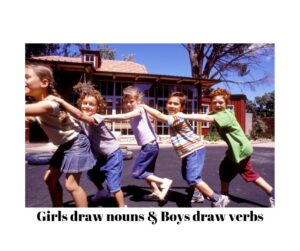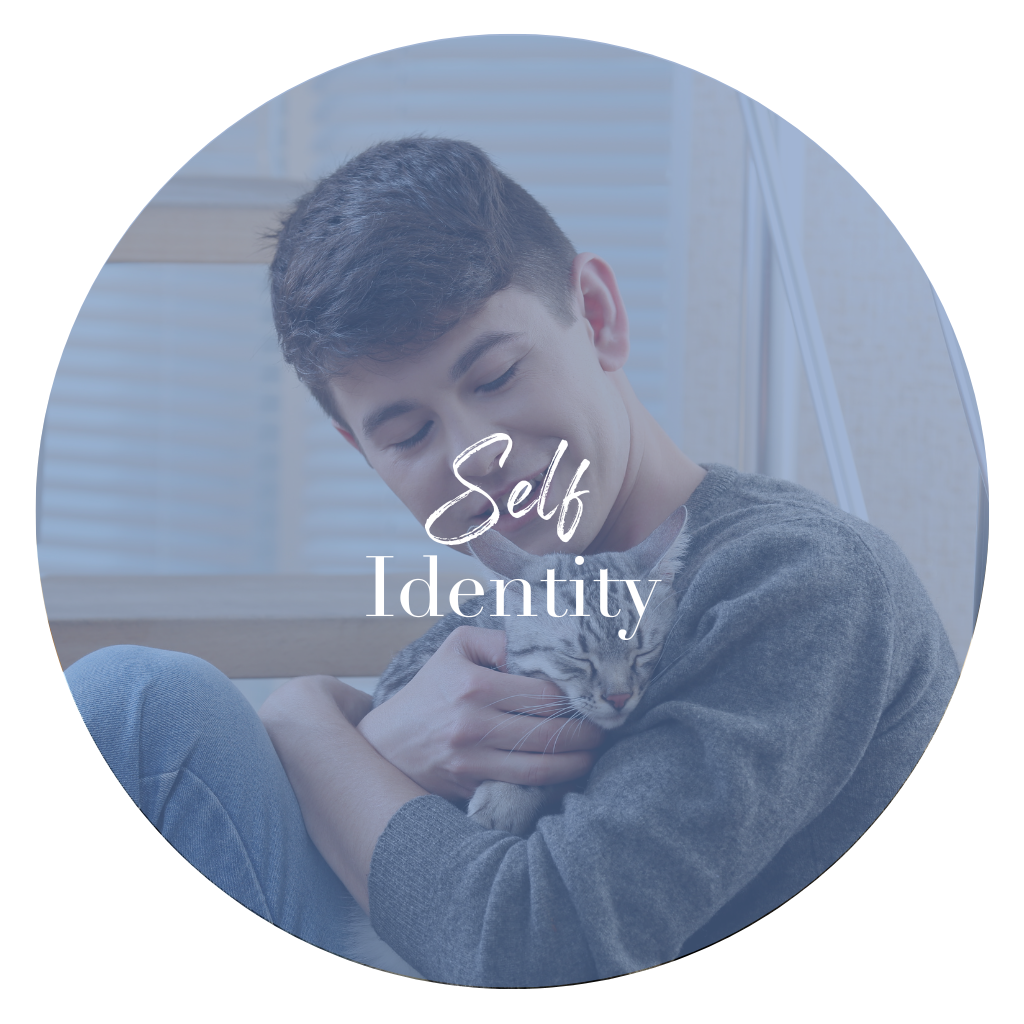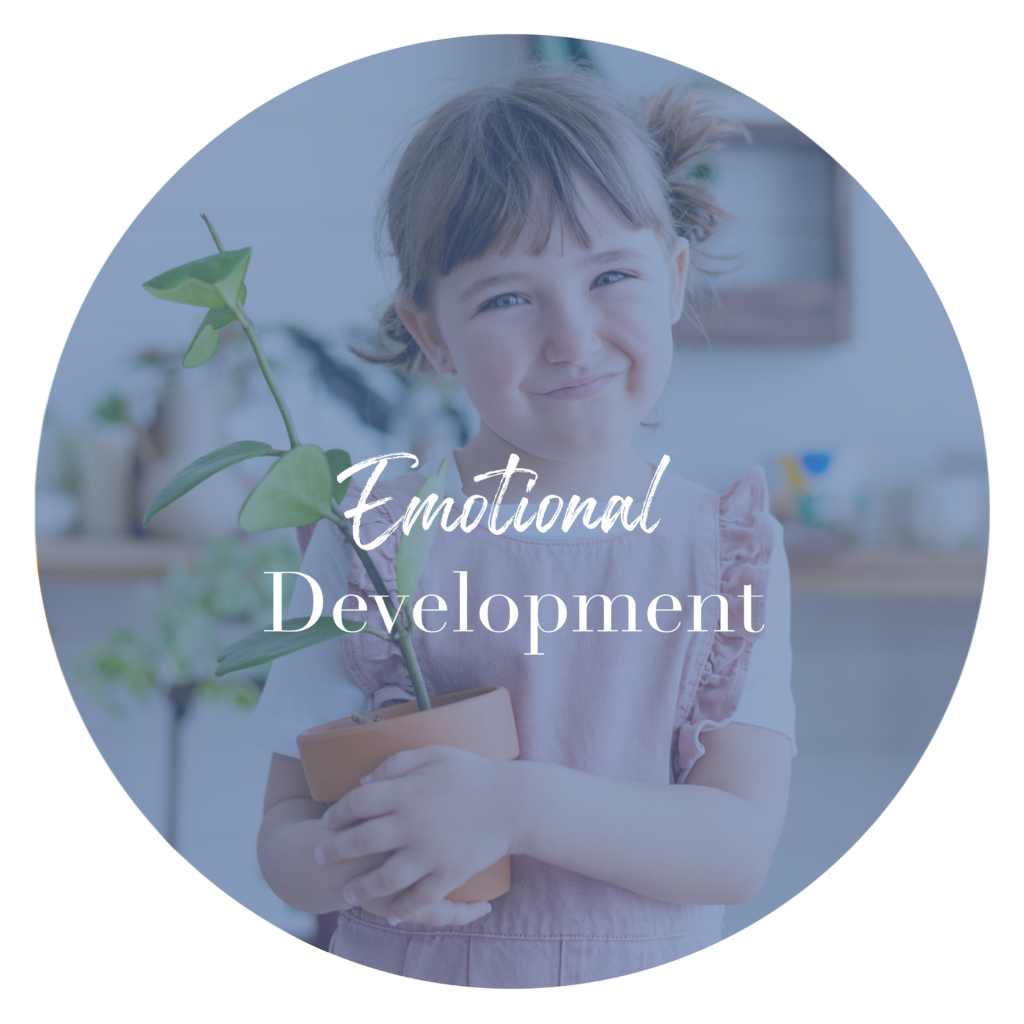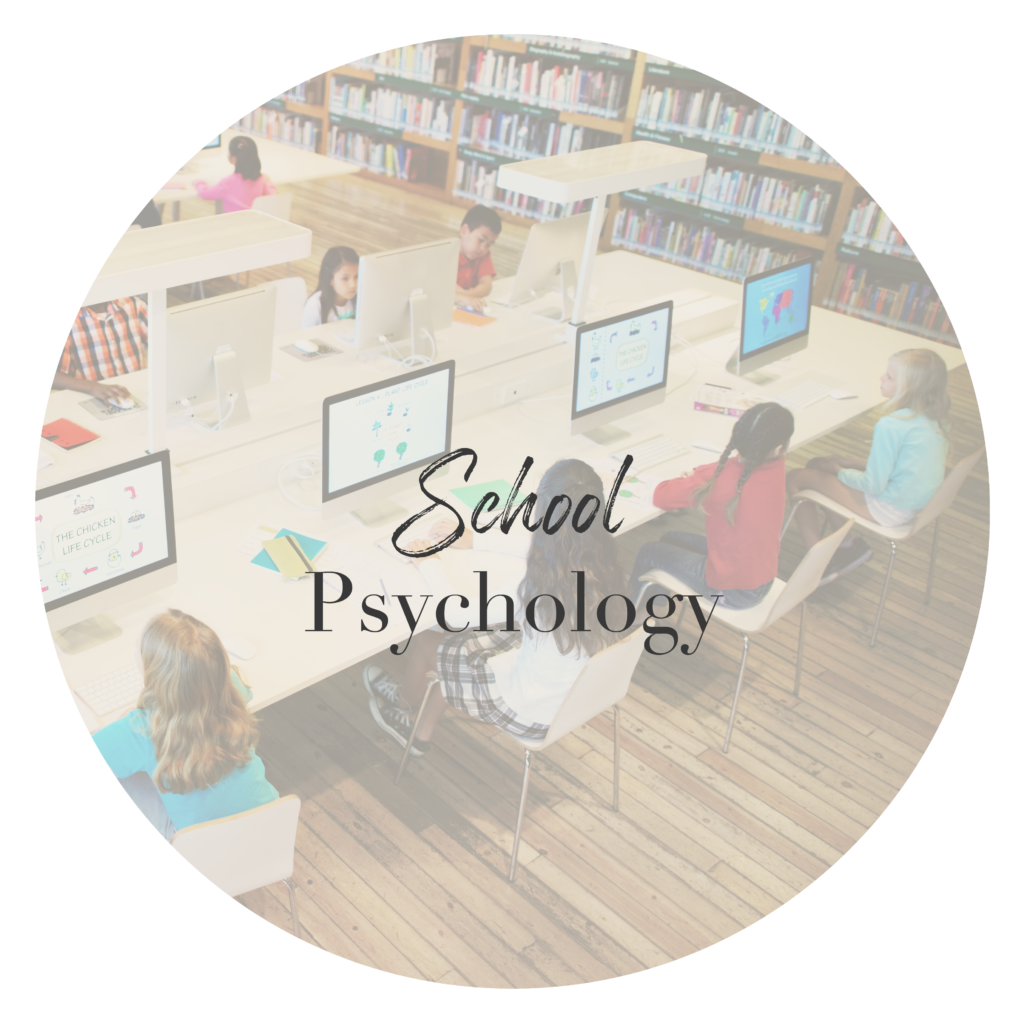Gender Blog WolfeWisdom.ca Devon Wolfe BEd MSc Cert. Addictions Studies
INTERSECTIONS OF IDENTITY
If you remember the turmoil growing up then you can understand why teens need extra sleep, are moody, harbour bad attitudes and big emotions, which can be hard for them to describe as feelings. This is because they have serious developmental work to do on their self-identity. Self-identity work takes energy and effort!
Self-identity is complex in a modern world because there are invisible intersections of;
- RELATIONAL IDENTITY juggling many roles in many relationships,
- GENDER IDENTITY internalizing or resisting current stereotypes,
- RACIAL IDENTITY managing and digesting race-based experiences,
- ETHNIC IDENTITY revealing layers of self, gender, and race in cultural traditions,
- SEXUAL IDENTITY piecing together the scramble of secrecy, pornography, and the onslaught of product marketing, AND
- SPIRITUAL IDENTITY adopting the faith of their community or defining their own spirituality out of personal necessity.
IDENTITY LANDSCAPES
I picture identity growth like climbing from smaller, lower plateaus, to higher more spacious plateaus in new landscapes of life, where the terrain is new and can be tricky to navigate. Because for example, suddenly any hint that I am immature, stupid, weird, or ugly, is devastating. This happens because there are many people inhabiting the new terrain, most of them are older and know how to navigate the hills and valleys, they know the hidden rules, and can find the well-trodden pathways.
But new landscapes have emotional rabbit holes for teens like, when exactly did I start noticing that my skin is a different color than your skin? Or when did gender became the defining factor for choosing teams, choosing friends, and joining the dating scene? Or when did learning about sex force a whole new lens on everyday life. Right? Development opens a wide-angle lens on every landscape. We cannot unsee the parts of the new terrain we now see.
Also, self-identity formation is not on a neat and tidy schedule. Everyone has their own timeline, often dictated by the randomness of life itself. However, it’s so true that this journey is easier when we are rooted in supportive family and community relationships to show us the way or allow us to find our own way. “What is rooted is easy to nourish”, is wisdom from The Book of the Way (1988) Tao Te Ching by Lao Tzu. It just doesn’t work to be told who we are supposed to be. So, we each need parenting and leadership, which does not undermine our personal will to become a more developed self. The journey is to notice sameness and differences but define unique aspects of a self-identity among many intersections of relationships, gender, race, ethnicity, sexuality, and spirituality.
Not to discover myself or find myself, but to develop a self-identity.
DEVELOPMENT OF SELF-IDENTITY
Do you have a sense of how development happens? Because self-identity is truly set in motion by development. Development is like climbing from a lower plateau of activity and learning to a higher plateau, open to a new landscape. Development is about readiness, so there is no need to rush kids, or worry they are falling behind – nature has a plan. If adults are too impatient, then we battle a child or teen’s reluctance to face personal challenges. However, what adults CAN do is provide an environment designed to give kids space and time in activities – which will lead their development.
In fact, from infants to elders, we create our own human development using Lead Activities (Vygotsky, 1967). So, for example, if the activity is too easy then it won’t be interesting enough to learn something new, and if it’s too hard there will be reluctance to try. The new activity must be in the zone of development, the “goldilocks zone” so it’s just right! Then the senses are activated, the brain is interested, and emotions are available.
Quality teen literature and even children’s literature, is full of themes like; self-awareness, self-esteem, self-judgement, self-love, self-confidence, and yes gender-awareness, gender-exploration, sexual-identity, and much more! Reading in these meaningful themes is an activity which will lead developmental progress.
This is where adults come in. We design “just right” environments by providing great literature written for children and teens, plus, by inviting generous talk time. You will be amazed what teens will talk about and not be embarrassed, if adults are open to any topic. You will be amazed that children can talk about sexuality and gender in their own words, when adults stop and listen. However, the goldilocks zone also needs protection.
Just right environments are created first by removing chaos, so the senses are not overwhelmed. Too much from too many sources will be chaotic for kids. Online materials especially will introduce chaos because video and photos are so accessible. Second, just right environments keep kids curious and creative. So, the litmus test is – are these kids asking questions and willing to discuss issues, or is there too much secrecy, embarrassment, and time on the internet? But third, here is the secret sauce; adults use emotions to authentically, and actively, connect in relationships, with curious kids. Everything about our face and voice and actions are inviting and welcoming kids to speak their mind and ask questions. The adult task in the “zone of development” is to keep the readiness flowing and minimize reluctance. This is how we use an authentic relationship to give time and space, so kids feel their own energy, their own will, their self-agency for self-identity.
Can you understand how foundational this is to self-identity? “Lead activities” are always appropriate to the emotional capacity of a child or teen, (not necessarily the chronological age, but more so the emotional age) because emotions are the secret sauce for the senses, the intellect, and relationships to all work together.
IDENTITY CRISIS
Teens ask, “who am I? and who should I be?” with more intensity than children. It is exhausting! Teens can be so saturated by social pressures, that they need to isolate to reconnect to the self-identity they gained in childhood. Teens typically fill their bedroom walls with photos of music icons, sports heroes, fashion statements, or anything that aligns with the person they want to be on the outside, and emotions they feel on the inside. Plateaus of development start small and close to home, but quickly, landscapes get larger, needing more time to navigate and more space to shape, who they think they are.
Also, what if ethnicity is marginalized, or there have been missteps in expressing gender, or race is being victimized in the community? Since, this is the reality for many teens today, their individual stories are the truest roots of rebellious movements, or deviant, delinquent, and self-destructive actions, because of victimization. “The modern concept of identity places a supreme value on authenticity, on the validation of that inner being that is not allowed to express itself. The modern concept is on the side of the inner and not the outer self” (Francis Fukuyama, 2018). Yes, the truth is that people look at us from the outside to tell us what race, gender, ethnicity, or faith, they think we are. Isn’t that true?
We hear others tell us who we should be or who they think we are. Basically, we are all categorized and sortedby each other. So, the push toward uniqueness continually wrestles with the pull toward Belonging and conforming. Just consider how this works – if teens decide early, conclusively who they are. Deciding too early is a problem when society doesn’t give time and space to a teen’s “identity crisis”, so there is very little room to grow.
In fact, there are two rabbit holes, foreclose of identity and moratorium on identity (Erikson, 1994). Self-identity can be foreclosed on too soon, maybe based on a family history like “we are a family of lawyers or fishers or police officers”, or a teen’s aspiration is locked in very early “I’ve only ever wanted to be an Olympic athlete”. Identity foreclosure only delays the crisis of identity until later in life. Yet, on the other hand, a moratorium on identity is basically arrested development and effectively prolongs the identity crisis for much too long.
When a teen’s life includes chaos, abuse, or neglect, they cannot focus on developmental tasks. Teens with too many adverse childhood experiences, become entangled with street life, or nomadic existence, and unfortunately sometimes delinquency, causing a compromise of morals, and losing sight of the future. The authentic struggle with self-identity is normal and since this avoids foreclosure and moratorium, the struggle is good. Otherwise, healthy Emotional Development is interrupted. Time and space are totally necessary for self-identity to be resolved.
It’s true that teens are the ‘author’ of their identity, but adults in their life are the co-authors. Just like we co-regulate stress and co-organize feelings – we help kids by co-authoring their identity. Not to tell them who to be, but to support their struggle with time and space. Simply put, we all need support in our teen years and beyond, sorting out identity intersections of relationships, gender, race, ethnicity, sex, and spirituality.
What are the end goals of encounters with intersections? The end goal for;
- Relational Identity – is the capacity to juggle many roles in many relationships.
- Gender Identity – to internalize social expectations deemed acceptable, but resist stereotypes which are harmful.
- Racial Identity – to examine race, navigate race, and digest race-based experiences to build a better world.
- Ethnic Identity – to reveal the deeper meaning of traditions but also uncover the embedded layers of class/gender/race hierarchies needing social change.
- Sexual Identity – to piece together the scramble of secrecy, pornography, and the onslaught of product marketing to form safe intimate partnerships.
- Spiritual Identity – to contribute to a larger community and find personal purpose.
This is an Attachment approach to understanding how self-identity is resolved. Attachment is foundational to the WolfeWisdom Emotion-focused approach, supporting mental health and mental wellness in children and teens. WolfeWisdom highlights 3 adult super powers; understanding how emotions function, being fully present in authentic relationships with children and teens, plus the mindset that more personal development is always possible.
Emotional Development – I love this topic!
REFERENCES
Erikson, E. (1994). Identity: Youth and crisis. New York: W.W. Norton & Company Inc.
Fukuyama, F. (2018). Identity: The demand for dignity and the politics of resentment. New York: Farrar, Straus and Giroux.
Mitchell, S. (1988). Lao Tzu’s Tao Te Ching: An illustrated journey. Translated by Stephen Mitchell. London: Frances Lincoln Ltd.
Vygotsky, L. S. (1967). Play and its role in the mental development of the child. Soviet Psychology, 5(3), 6–18.







